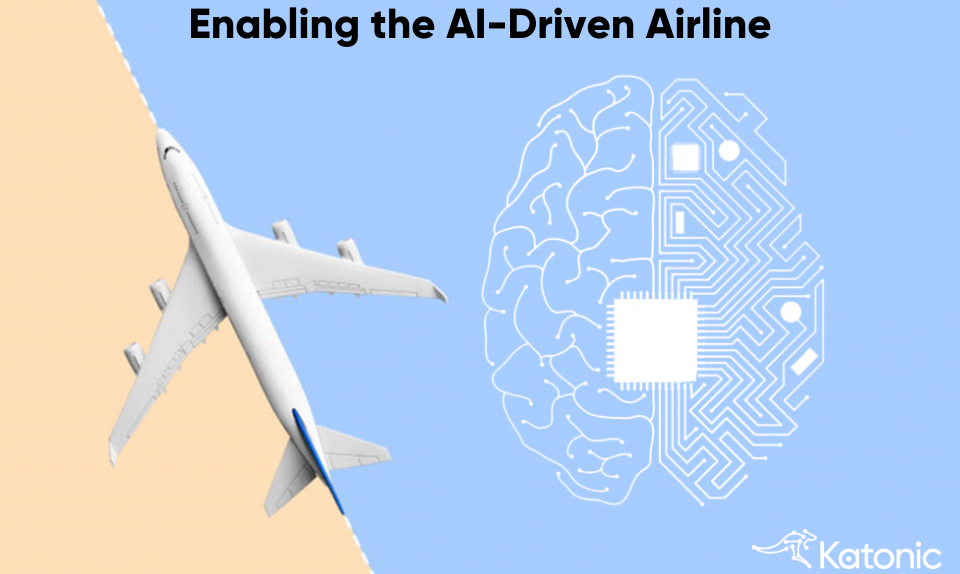In this digital and competitive age, every airline is focused on ensuring optimized utilization of their assets and giving the best possible experience to passengers. The airline industry handles an enormous quantity of data from different sources and actions like- reservation systems, departure systems, baggage management, revenue management, flight control, CRM, websites, and many more, thus collating all this data and analyzing this effectively becomes very important as it helps the airlines transform from how they operate to how they achieve business excellence.
Applying artificial intelligence (AI) and machine learning (ML) to unlock insights from data is a key competitive advantage for businesses today. Today’s modern enterprises understand the benefits machine learning can provide and want to expand its use. However, as they attempt to operationalize their ML models, they face challenges. MLOps platform enables airlines to develop, deploy, monitor, and manage advanced analytics and machine learning (ML) and AI solutions in a self-service, collaborative, governed, and secure manner.
Airlines have turned to AI to increase modeling efficiency and accuracy while speeding up logistical operations to gain a competitive advantage. From passenger loyalty and FFPs to flight scheduling and predictive maintenance, there are endless possibilities for AI within the airline industry.

ENHANCE OPERATIONAL PLANNING
- Detect fraud
- Predict flight delays and cancellations
- Forecast catering and duty-free needs
- Check-in/security lane forecasting
OPTIMIZE ENGINEERING
- Fuel usage
- Predictive maintenance
ENHANCE COMMERCIAL PLANNING
- Demand forecasting
- Lose fare decisioning
- Dynamic pricing of ancillaries
- Path to purchase on the website
- Anomaly detection for fares
EXCEL IN CUSTOMER ANALYTICS
- Next Best Offer (NBO)
- Next customer state
- Business/leisure mix
- Optimize marketing spend
- Customer satisfaction
MANAGE STAFFING EFFORTS
- Hiring
- Retention
- Morale
- Top performers
- Call center volume forecasting
Airlines aiming for total revenue optimization need intelligent solutions. While artificial intelligence and deep learning algorithms promise better forecasting capabilities, those systems can only truly shine when coupled with the flexibility and human touch of a data analyst.

